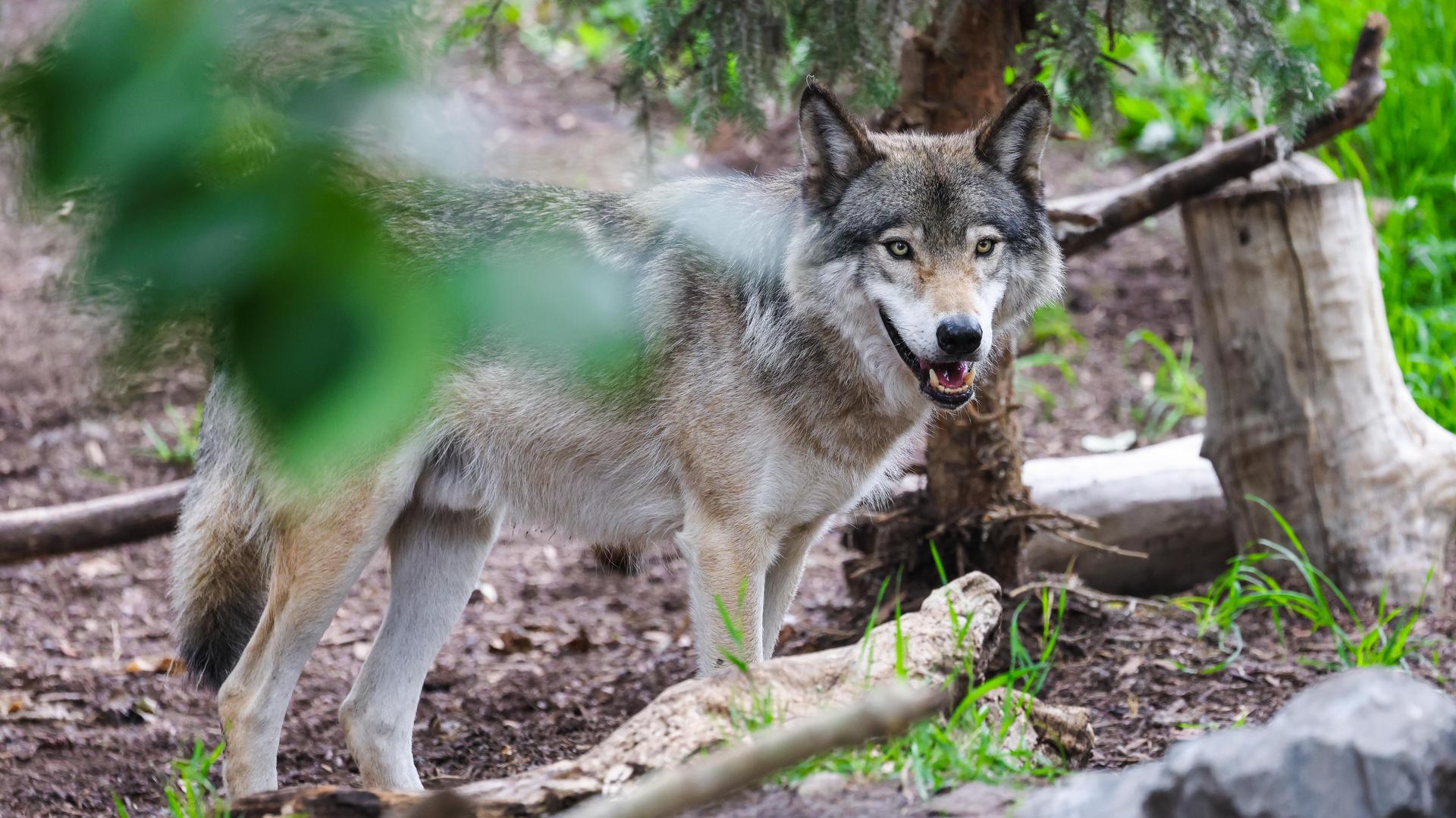Wild Canada Edu-Trek is an unforgettable virtual zoo tour that takes you on an adventure through various natural habitats found across the Canadian landscape. Our conservation educator will lead you on an virtual educational and entertaining journey, introducing you to a diverse range of wildlife species and the conservation efforts that protect their natural habitats. Animals observed may include cougars, bears, mountain goats, moose, whooping cranes, river otters, and polar bears.
Grades: Kindergarten to grade 12
Length: 75 minutes
Program Times: 9:00 a.m., 10:30 a.m., 1:00 p.m.
Capacity: Up to 37 students
Cost: $125
Register Now
Curricular Connections
Kindergarten
- Demonstrate curiosity, interest, and a willingness to learn about the environment and community
Grade 1
- Describe some common living things and identify needs of those living things
Grade 2
- Describe the general structure and life habits of small crawling and flying animals, eg. insects, spiders, worms, slugs; apply this knowledge to interpret local species that have been observed
Grade 3
- Describe the appearances and life cycles of some common animals and identify their adaptations to different environments
- Identify requirements for animal care
Grade 4
- Recognize that human activity can lead to the production of wastes, and identify alternatives for the responsible use and disposal of materials
- Demonstrate knowledge and skills for the study, interpretation, propagation, and enhancement of plant growth
Grade 5
- Describe the living and nonliving components of a wetland ecosystem and the interactions within and among them
Grade 6
- Describe characteristics of trees and the interaction of trees with other living things in the local environment (discuss how our trees are a vital part of the animal habitats)
Grade 7
- Describe the relationships among knowledge, decisions and actions in maintaining life-supporting environments
- Monitor a local environment, and assess the impacts of environmental factors on the growth, health, and reproduction of organisms in that environment
Grade 8
- Investigate living things; identify and apply scientific ideas used to interpret their general structure, function, and organization
- Interpret the healthy function of human body systems, and illustrate ways the body reacts to internal and external stimuli
Grade 9
- Investigate and interpret diversity among species and within species, and describe how diversity contributes to species survival
- Investigate the nature of reproductive processes and their role in transmitting species characteristics
- Identify impacts of human action on species survival and variation within species, and analyze related issues for personal and public decision making
Grade 10
- Analyze plants as an example of a multicellular organism with specialized structures at the cellular, tissue, and system levels
- Relate climate to the characteristics of the world’s major biomes, and compare biomes in different regions of the world
Grade 11
- Bio 20: Explain that the biosphere is composed of ecosystems, each with distinctive biotic and abiotic characteristics
- Bio 20: Explain the structure of ecosystem trophic levels, using models such as food chains and food webs
- Sci 14: Analyze a local ecosystem in terms of its biotic and abiotic components, and describe factors of the equilibrium
Grade 12
- Bio 30: Explain classical genetics at the molecular level
- Bio 30: Describe a community as a composite of populations in which individuals contribute to a gene pool that can change over time
Virtual Program Information and FAQ
